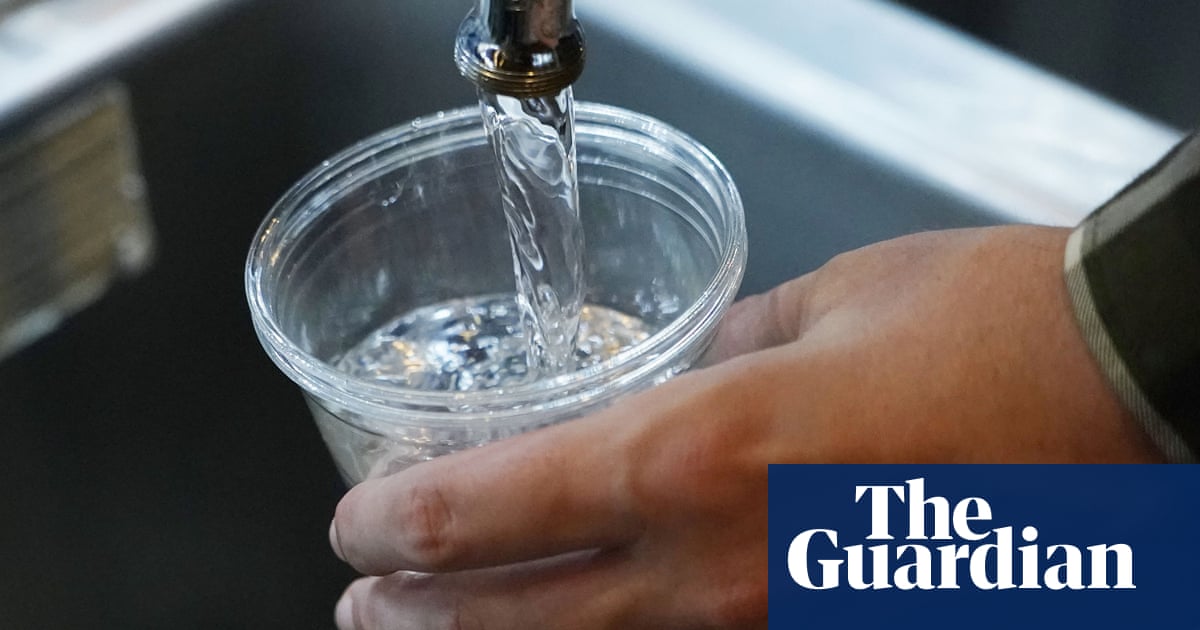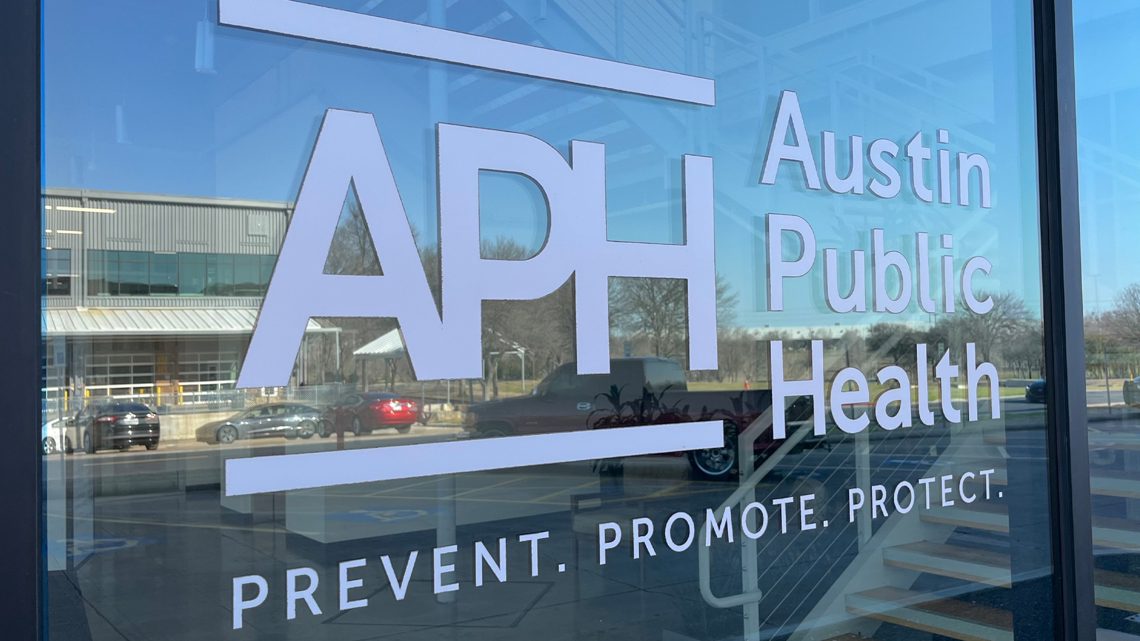
Recent research suggests that chlorinating drinking water at levels typical in the United States and European Union may elevate the risk of various cancers, according to a new analysis encompassing global studies.
Chlorination, a common method for disinfecting water, produces trihalomethane (THM) compounds, which are prevalent in nearly all public water systems throughout the US and EU. An estimated 300 million individuals in the US are exposed to concerning levels of these byproducts, according to one source.
While chlorination is deemed a “cost-effective and readily accessible” technique for eliminating harmful microorganisms, the study highlights potential downsides. Notably, findings indicate a 33% higher likelihood of developing bladder cancer and a 15% increased chance of colorectal cancer due to chlorinated water.
Lead author Emilie Helte from Karolinska Institutet in Sweden described the findings as troubling and emphasized the need for more rigorous studies.
Disinfecting water has played a crucial role in public health by significantly elevating life expectancy since the early 1900s, when chlorination was first implemented in the US. This process has drastically reduced the occurrence of microbial infections and illnesses like cholera and typhoid fever.
However, it wasn’t until the 1970s that scientists began to recognize the consequences of this method. When chlorine interacts with organic matter in the water, it generates numerous toxic byproducts.
Among the most common byproducts are chloroform, bromoform, bromodichloromethane, and chlorodibromomethane, which have been shown to be harmful and potentially cancer-causing in animal studies.
Current regulations in the US and EU limit these byproducts to 80 parts per billion (ppb) and 100ppb respectively. However, the newest findings indicate that cancer risks may arise at levels as low as 40ppb, which is a concern as these levels have been detected in New York City. The EPA reports that typical concentrations fall within the 40 to 60ppb category, while the Environmental Working Group suggests a safe threshold of 0.15ppb.
This meta-study provides compelling evidence, analyzing data from approximately 30 studies involving about 90,000 participants, revealing that men have a higher risk compared to women. The research focused specifically on bladder and colorectal cancers due to the limited data available on other types of cancer. The reasons why these chemicals predominantly affect the large intestine and bladder remain unclear, according to Helte.
This situation creates a significant challenge for regulators. Surface water typically contains greater THM levels than groundwater owing to the higher abundance of microorganisms and organic matter that interact with disinfectants. Water utilities might consider removing some of the organic content before disinfection or potentially reducing chlorine usage; however, Helte underscored the importance of maintaining adequate levels of disinfectants.
Alternative solutions such as ultraviolet light treatment or advanced filtration systems are available but tend to be costly, as noted by Helte.
Despite these concerns, Helte encouraged continued consumption of municipal water, highlighting that granulated activated carbon filtration systems are effective for home use in removing these contaminants.









